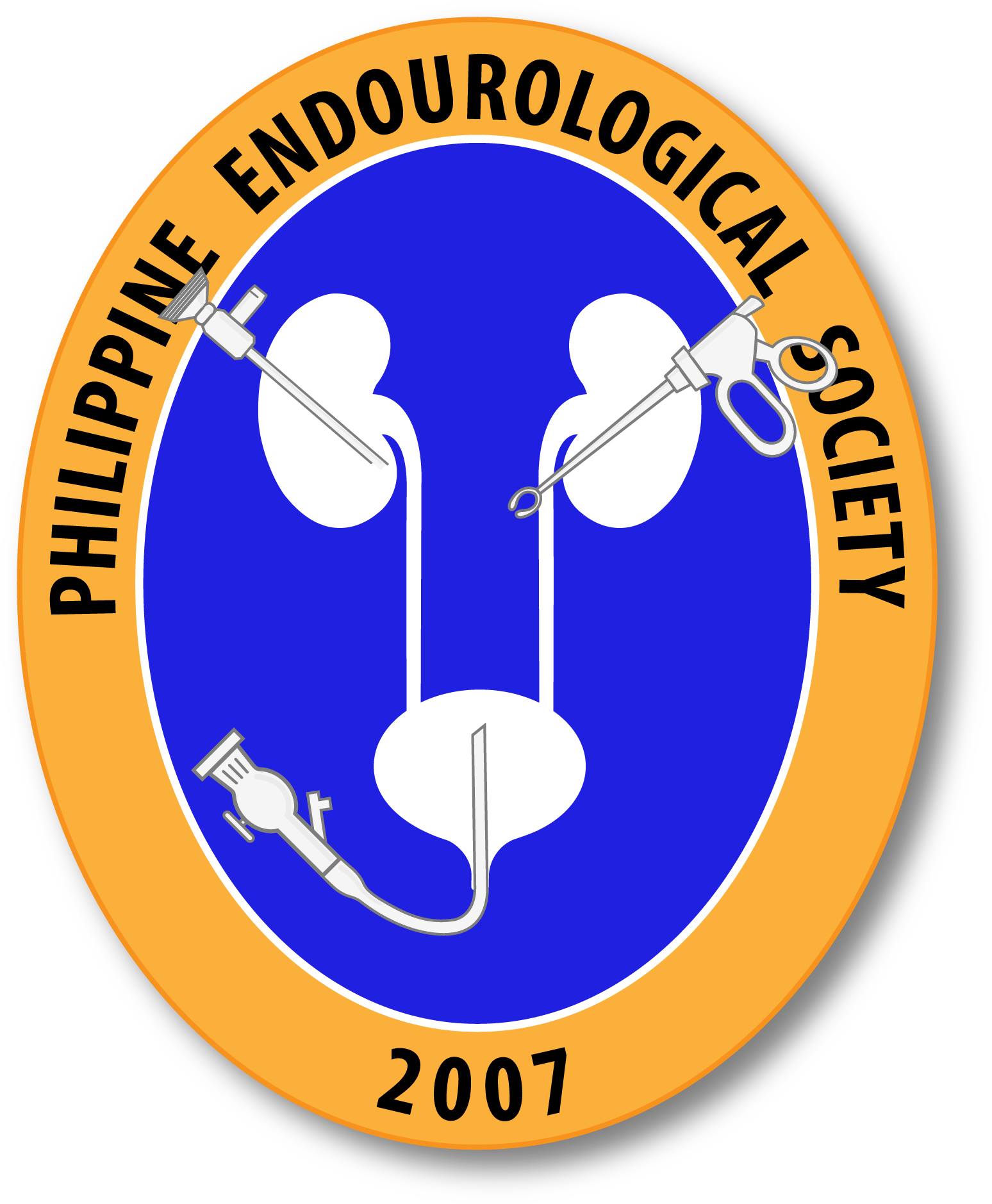Diagnostic value of urine cytology in detecting histologic variants of urothelial carcinomas in the urinary bladder: Cytopathologic correlation of 72 cases.
Precise identification of histologic variants in urothelial carcinoma (UC) is important because some histologic types have a poor prognosis and clinical management varies. Urine cytology is used for bladder cancer screening, but the cytomorphologic features of histologic variants have not been well described.
